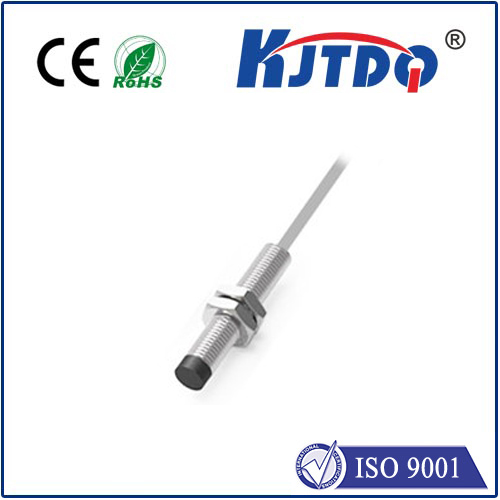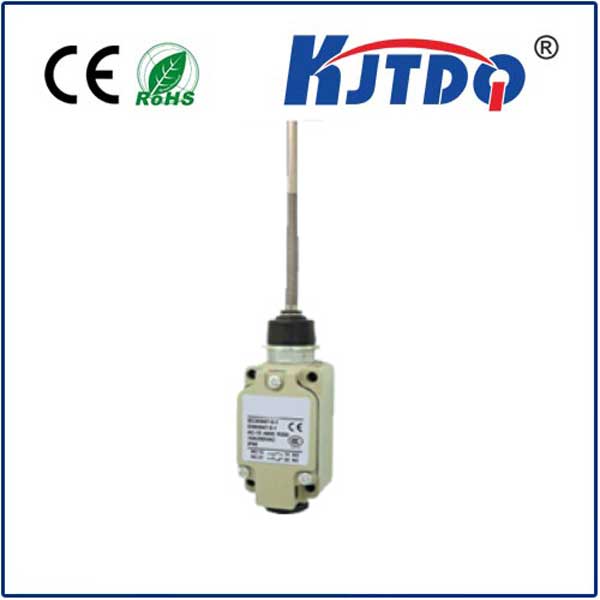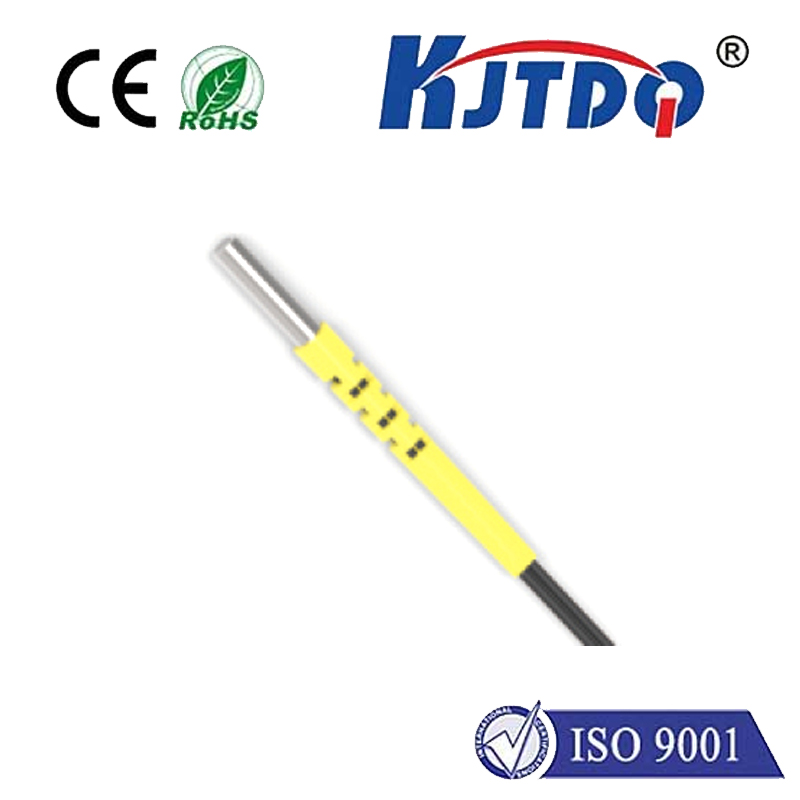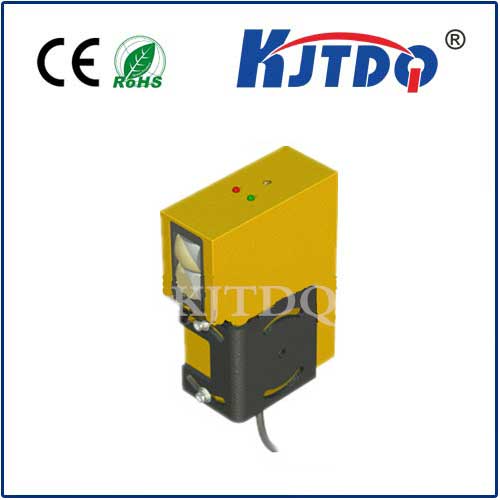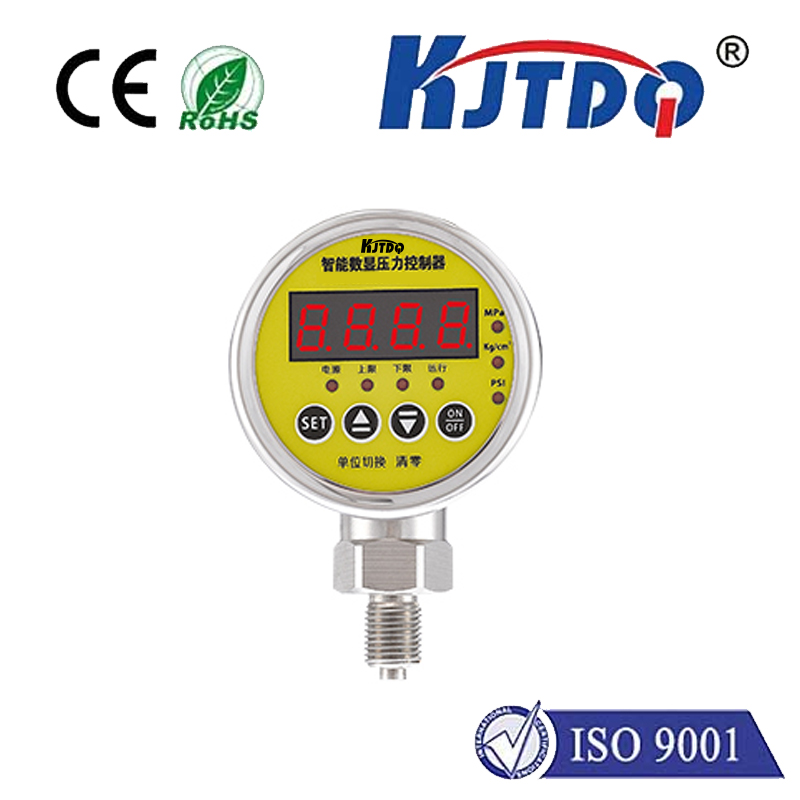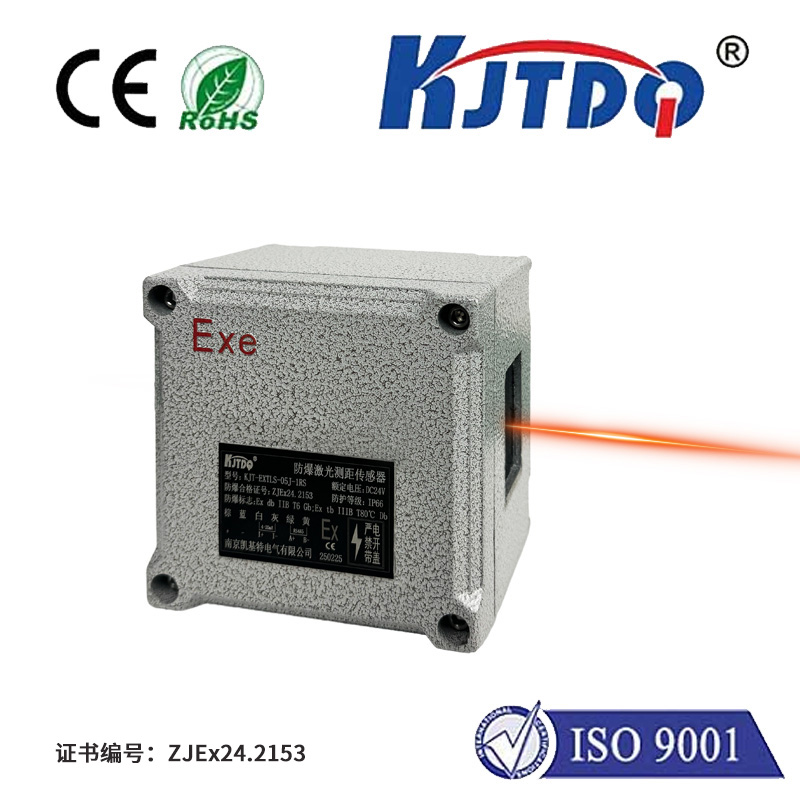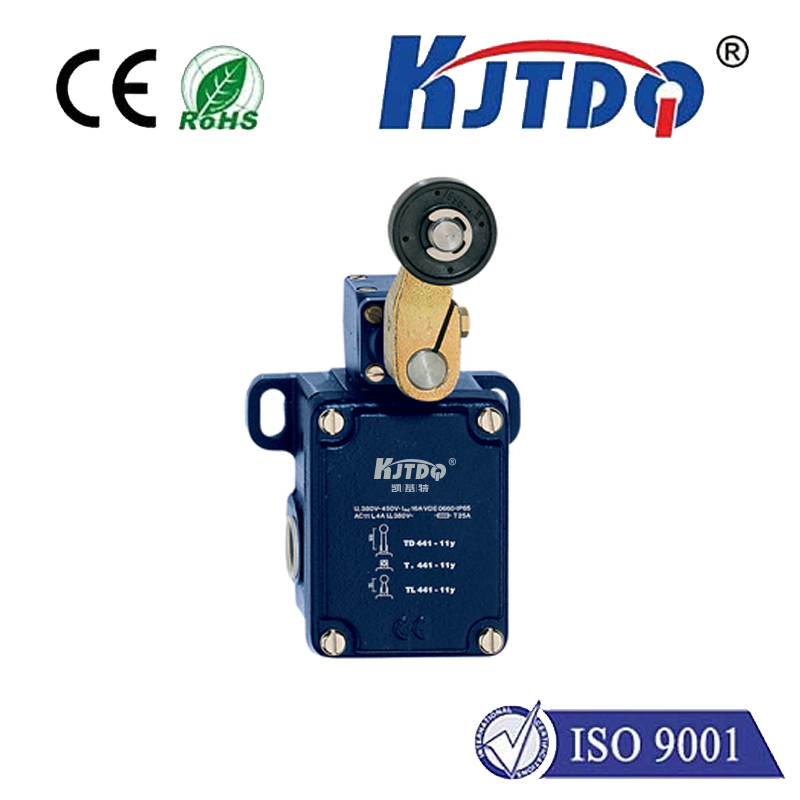BES0223 high pressure proximity sensor
- time:2025-10-01 03:19:50
- Click:0
Beyond Contact: The Robust Precision of the BES0223 High Pressure Proximity Sensor
Imagine a massive hydraulic press forging automotive components, a subsea valve controlling oil flow at crushing depths, or a high-pressure test rig validating aerospace parts. In these extreme environments, traditional sensors falter. What’s needed is a sentinel – unflinching, precise, and built to endure. Enter the BES0223 high pressure proximity sensor, a specialized device engineered to deliver reliable, contactless detection where ordinary sensors simply cannot survive. This sensor isn’t just another component; it’s a critical safeguard for machinery operating under immense force.
The BES0223 designation typically signifies a specific series or model within a manufacturer’s lineup, characterized by its exceptional resilience to high-pressure conditions. Unlike standard sensors vulnerable to deformation, seal failure, or signal drift under stress, the BES0223 proximity sensor is fundamentally designed to shrug off these challenges. Its core function remains proximity detection – sensing the presence or absence of a metallic target without physical contact – but its performance envelope is dramatically expanded into demanding industrial realms.
What Defines the High-Pressure Capability of the BES0223?
Several key engineering feats enable the BES0223 to thrive where pressure is king:

- Fortified Housing: The sensor body is typically constructed from high-grade, corrosion-resistant stainless steel (like 316L or similar). This isn’t just about resisting the elements; it’s about structural integrity. The housing is designed and manufactured to withstand external pressures that would crush or compromise lesser enclosures, often rated for pressures exceeding hundreds of bar.
- Advanced Sealing Technology: This is arguably the most critical aspect. The BES0223 employs sophisticated sealing methods – often multiple redundant seals using high-performance elastomers (like FKM/Viton) or specialized metal-to-metal seals. These ensure that pressurised fluids (oil, water, chemicals, air) cannot penetrate the sensor’s internal electronics, even under sustained high pressure or rapid pressure fluctuations (pressure shocks).
- Robust Sensing Face: The active face of the sensor, where the electromagnetic field emanates, is reinforced. This prevents deformation under pressure, which could drastically alter the sensing characteristics and switching point accuracy of a standard sensor.
- Pressure-Compensated Design (Often): Some high-pressure proximity sensors, potentially including variants like the BES0223, incorporate design features that help equalize pressure differentials across critical internal components, minimizing stress on seals and housings over time.
Where the BES0223 High Pressure Proximity Sensor Proves Indispensable
The unique capabilities of the BES0223 sensor make it essential in numerous challenging sectors:
- Hydraulic Systems: Monitoring piston position within high-pressure hydraulic cylinders, detecting valve spool movement, or confirming component presence in pumps and motors. These systems routinely operate at pressures from 200 bar to over 700 bar.
- Oil & Gas (Subsea & Downhole): Detecting valve positions on Christmas trees, monitoring equipment status in blowout preventers (BOPs), or sensing tools within drilling equipment – all environments subjected to immense hydrostatic pressure.
- Die Casting and Plastic Molding: Sensing mold closure, ejector pin position, or core pulls within machines where high clamping forces create significant pressure zones around the mold.
- High-Pressure Test Rigs: Verifying component position or status during pressure testing of vessels, pipelines, or aerospace components where safety and precise data are paramount.
- Energy Generation (Hydro, Steam): Monitoring critical valve positions or actuator states within high-pressure water lines or steam systems found in power plants.
- Heavy Machinery: Used in mining equipment, construction machinery, and presses where robust position feedback is needed in harsh, high-force environments.
Beyond Pressure: Core Strengths of the BES0223 Sensor
While high-pressure resistance is its defining feature, a sensor like the BES0223 high pressure proximity sensor inherits and enhances the core advantages of quality inductive proximity technology:
- Contactless Operation: Eliminates mechanical wear and tear, providing virtually infinite operational life under normal sensing conditions.
- High Switching Frequency: Capable of detecting very fast-moving targets, crucial for monitoring rapidly cycling machinery.
- Environmental Resilience: Typically features high Ingress Protection ratings (e.g., IP67, IP68, IP69K), making them resistant to dust, water jets, and even temporary submersion – a common companion requirement to high pressure. Excellent resistance to vibration and shock is also standard.
- Output Flexibility: Available in diverse configurations (DC 3-wire PNP/NPN, NO/NC, analog outputs) and connection types (cable or connectors like M8, M12) to suit various control system interfaces.
- Reliable Detection: Provides precise, repeatable switching regardless of ambient conditions like dirt, oil, or moisture (within its specs), ensuring dependable process control.
Choosing and Implementing the BES0223: Key Considerations
Selecting the right high pressure proximity sensor requires attention to detail:
- Pressure Rating: This is paramount. Precisely confirm the maximum continuous operating pressure and any pressure shock ratings required for your application. The BES0223 model number often implies a specific pressure class.
- Media Compatibility: Ensure the sensor housing, seals, and sensing face material are compatible with the fluids or gases present (hydraulic oil, seawater, chemicals, steam condensate).
- Temperature Range: Verify the sensor operates reliably within the ambient and process temperature extremes of your environment.
- Electrical Specifications: Match voltage, output type (PNP/NPN, NO/NC), and current requirements to your control system.
- Mounting & Size: Ensure the sensor’s physical dimensions and mounting style (threaded barrel, flange, etc.) are suitable for the installation point.
- Sensing Range: Choose the appropriate nominal sensing distance for the target and mounting constraints.
The Unyielding Guardian
In the relentless world of heavy industry and extreme environments, component failure is not an option. The BES0223 high pressure proximity sensor stands as a testament to precision engineering overcoming formidable physical challenges. It delivers the unwavering reliability, robust construction, and critical detection capabilities needed to safeguard equipment, ensure process integrity, and maintain operational efficiency where the forces involved are immense. When pressure mounts, the BES0223 proximity sensor provides the steadfast, contactless sensing solution that engineers and operators can trust. Its deployment represents not just a technical choice, but an investment in safety, uptime, and performance under the most demanding conditions.






